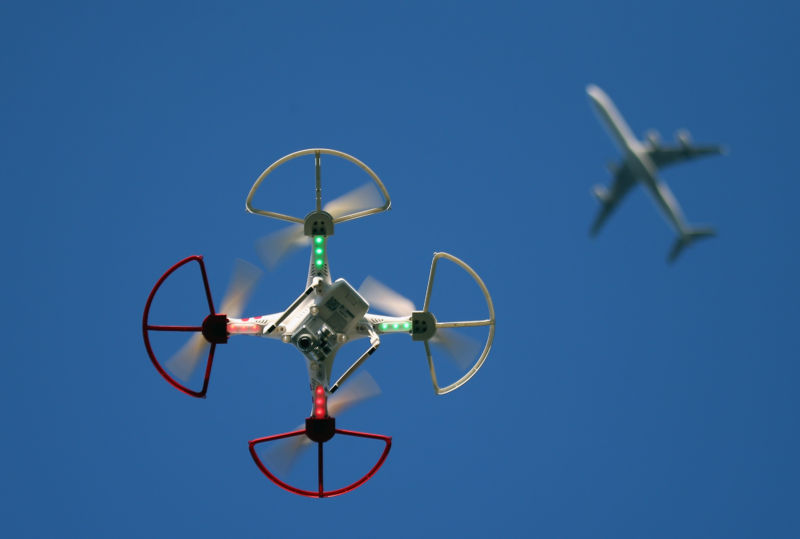FAA finally sets rules for piloting small drones
[ad_1]

Bruce Bennett/Getty Images
After months of uncertainty, corporations and hobbyists alike finally have a set of drone guidelines from the Federal Aviation Administration. The final rules are a step back from some proposed restrictions, as they will allow flights over crowds and some nighttime operations. But all drones weighing over 0.25kg (0.55lb) will need to have a unique Remote ID, as will smaller drones that are flown over crowds.
One proposal that didn’t make the final cut would have required Remote ID to connect over the Internet to a location-tracking database so drone operations could be monitored in real time by the FAA (and law enforcement). The FAA believes that Remote ID, which will locally transmit the location of both drone and “control stations,” meets the needs of national security and law enforcement.
“These final rules carefully address safety, security and privacy concerns while advancing opportunities for innovation and utilization of drone technology,” said US Secretary of Transportation Elaine L. Chao in a press release.
Remote ID is a must for all drones over the half-pound weight limit. Obviously, there are a large number of hobbyist drones in operation that lack Remote ID capability. To get around this, the FAA says that such drones should be affixed with a “Remote ID broadcast module” that would broadcast the relevant information. The only other alternative is to fly a drone solely at specific “FAA-recognized identification areas.”
The FAA has created four categories [PDF] for drones. Category 1 is for drones under the weight limit that are not covered by this rule-making. Categories 2 and 3 are essentially defined by the amount of injury they could cause in a crash, while Category 4 is for drones that need an airworthiness certificate. Category 1-3 drones are permitted to operate over people, but not continuously fly above moving vehicles.
Drones operating under the cover of darkness will need navigation lights viewable from three miles away. Those wishing to fly at night will need to pass a test first.
Both UPS and Amazon have received federal approval for limited drone deliveries, and the new rules are seen as a positive for them and other companies looking to commercialize delivery by drone.
The new rules will take effect 60 days after publication in the Federal Register. Once published, drone manufacturers have an 18-month window in which to begin building drones with Remote ID baked in. One year after that window closes, all drone operators will need to be flying drones that broadcast their Remote ID.
[ad_2]
Source link




